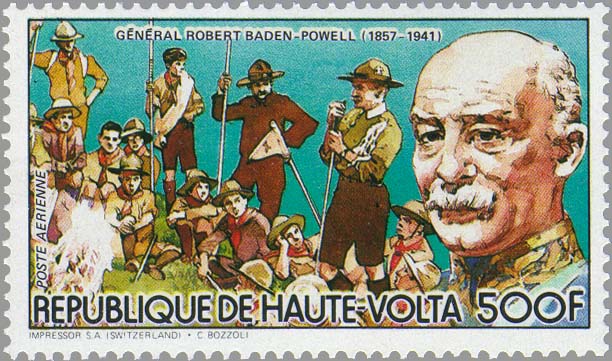

The latter category includes Opération arachides (1962), Culture attelée et fertilisation (1964), Lumière sur le cotton (1965), and Comment nourrir mon enfant (1966) by Serge Ricci, and Jean Marc et la trypanosomiase (1967) by J. Development in spite of Colonialistsįilm production in Upper Volta began under French colonial rule and could be divided into two categories: ethnographical films, such as Paysans noirs ou Famoro le Tyran (Georges Regnier, 1947) and Masques de feuilles (Guy Le Moal, 1961), and educational films to teach the mostly illiterate population about better agricultural techniques and basic hygiene. Still from Jean Rouch’s Pre-Independence Ethnographic film Moro Naba (1958). FESPACO has contributed to further raising the country’s profile as a land that staunchly promotes culture, especially audiovisual productions – The country also hosts the biannual International Arts and Handicraft Fair (SIAO in French), the National Culture Week (SNC in French), and Tour du Faso, the longest-running cycling tour in sub-Saharan Africa. The most celebrated African filmmakers have competed for the coveted prize, Étalon de Yennenga, every odd year for nearly 50 years. Today, Sankara is a celebrated revolutionary and Pan-Africanist icon like Kwame Nkrumah, Patrice Lumumba, or Amilcar Cabral.įESPACO was instituted by the government of then-Upper Volta in 1969. The aura of the Marxist and Pan-Africanist president brought unprecedented global attention to Burkina Faso, particularly during the Cold War.

The sense of pride and confidence of Burkinabe people in themselves and their country has been unparalleled throughout the history of this poor, landlocked country. Courtesy of Face2Face Africa.Īt the international level, the mention of Burkina Faso is quickly associated with either its slain revolutionary leader, Thomas Isodore Noël Sankara (1949-1987), or the Pan-African Film and Television Festival of Ouagadougou (FESPACO).ĭuring his four-year rule, from 1983 to 1987, Thomas Sankara changed the name of this former French colony from Upper Volta to Burkina Faso (“Land of Upright People”) and developed progressive policies for women’s conditions, the environment, education, health, and culture. In 1983 Captain Thomas Sankara seized power and adopted radical left-wing policies but was ousted by Blaise Compaore, who went on to rule for 27 years before being ousted in a popular uprising in 2014.Thomas Sankara. This has resulted in numerous coups and an exodus of young people to more prosperous countries like Ghana, Ivory Coast, and Nigeria.īurkina Faso, which means "land of honest men", has significant reserves of gold, but the country has faced domestic and external concern over the state of its economy and human rights. A former French colony, it gained independence as Upper Volta in 1960. Because of Burkina Faso is a poor country it has not being able to satisfy the needs of its populations. In 1984, the country changed its name to Burkina Faso. The country marched towards independence under a Mossi dominated party.

Later in 1890, it was colonised by the French who rewrote the borders, according to these present borders. These kingdoms were able to resist conquest by the Mali and Songhay Empires. These kingdoms were centres of the trans-Saharan trade. They established powerful kingdoms such as the Ouagadougou, Tenkodogo, and Yatenga. The first people to settle in the area are the Mossi people in the 11th and 13th century. Burkina Faso, previously known as Upper Volta, was once part of French West Africa since 1896 until 1960. It is bounded by Niger to the east, Mali to the north and west, and Benin, Togo, Ghana, and Ivory Coast to the south. Burkina Faso is a small, poor, landlocked country in West Africa.


 0 kommentar(er)
0 kommentar(er)
